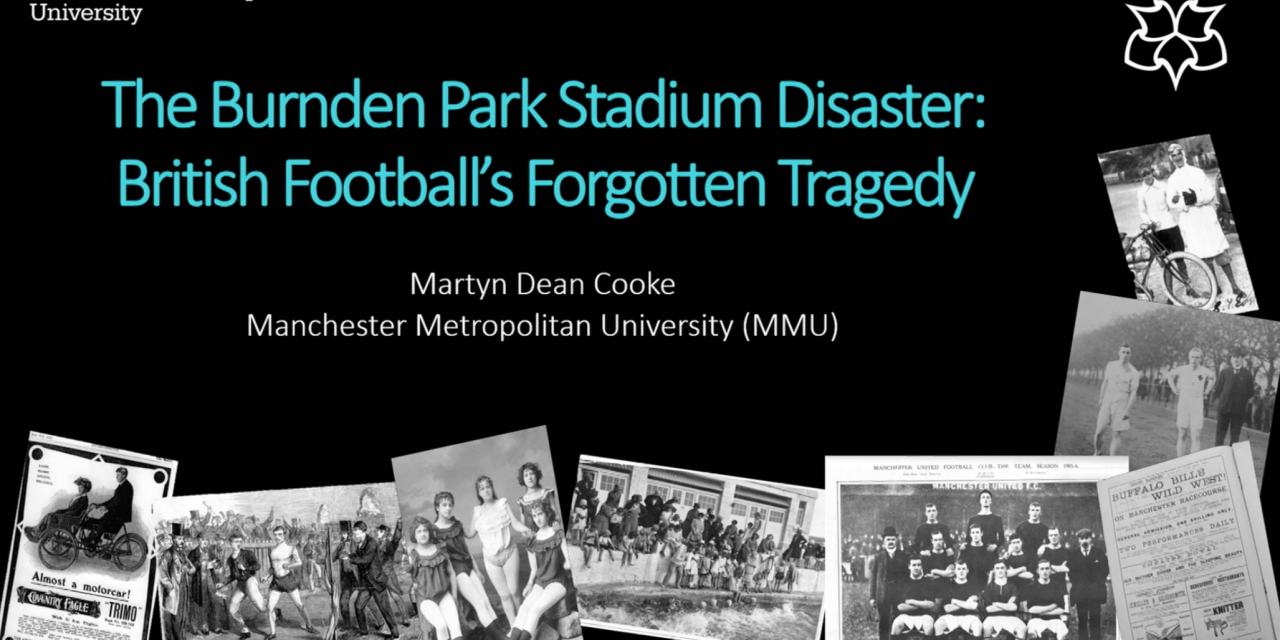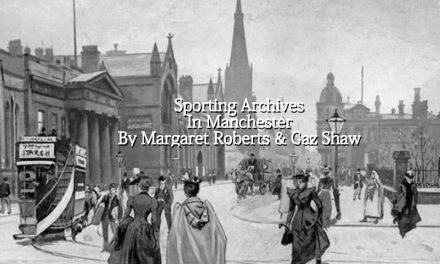Association Football, Stadium Disaster, Burnden Park, Hughes Report
As presented at the SpLeisH Colloquium 2017
Following the conclusion of the Second World War in 1945 the people of Britain were attempting to regain some semblance of normality in their everyday lives following six years of conflict, destruction and horror. The public were eager to experience and engage in any form of leisure activity that would provide a brief respite from the grim reality of post-war life and, for the working class man, football became the cheapest and most viable option. Football attendances during the mid-late-1940s reached an all-time high in England, however, the organisation and infrastructure of the game itself was completely inadequate to deal with its rapid growth in popularity. Clubs were financially endangered whilst many of the stadiums and facilities had fallen into a state of neglect and disrepair during the inter-war period. Dilapidated facilities, increasing attendances and a generic indifferent attitude towards the health and safety of supporters resulted in football sleepwalking towards tragedy. On March 9 1946, an FA Cup quarter-final fixture between Bolton Wanderers and Stoke City hosted at Burnden Park Stadium witnessed, what was at the time, the worst disaster in British sporting history with 33 people losing their lives and over 500 more suffering injuries. However, Burnden Park became a forgotten catastrophe, with football clubs and relevant authorities failing to introduce appropriate preventative measures in the following years, and the disaster preceded further tragedies at Ibrox (1971), Bradford (1985) and Heysel (1985). It was not until forty-three years later that the events of Hillsborough instigated significant changes in British football.
Article © Martyn Cooke





